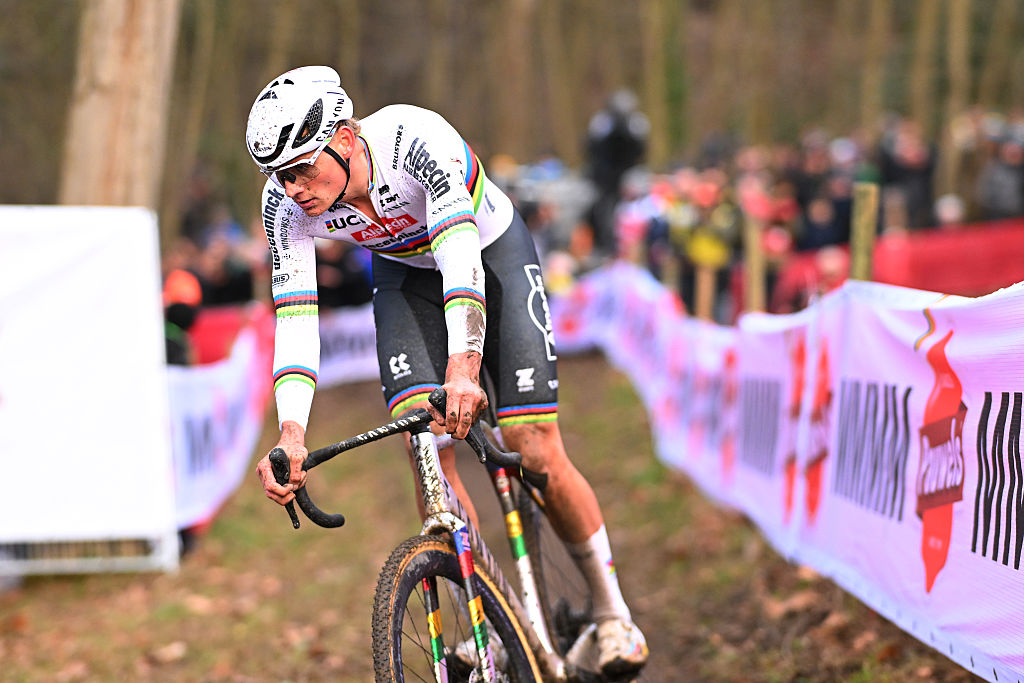Hunt adds carbon spokes to its proven Limitless rims
New 48mm and 60mm wheelsets feature carbon spokes and lighter hubs too
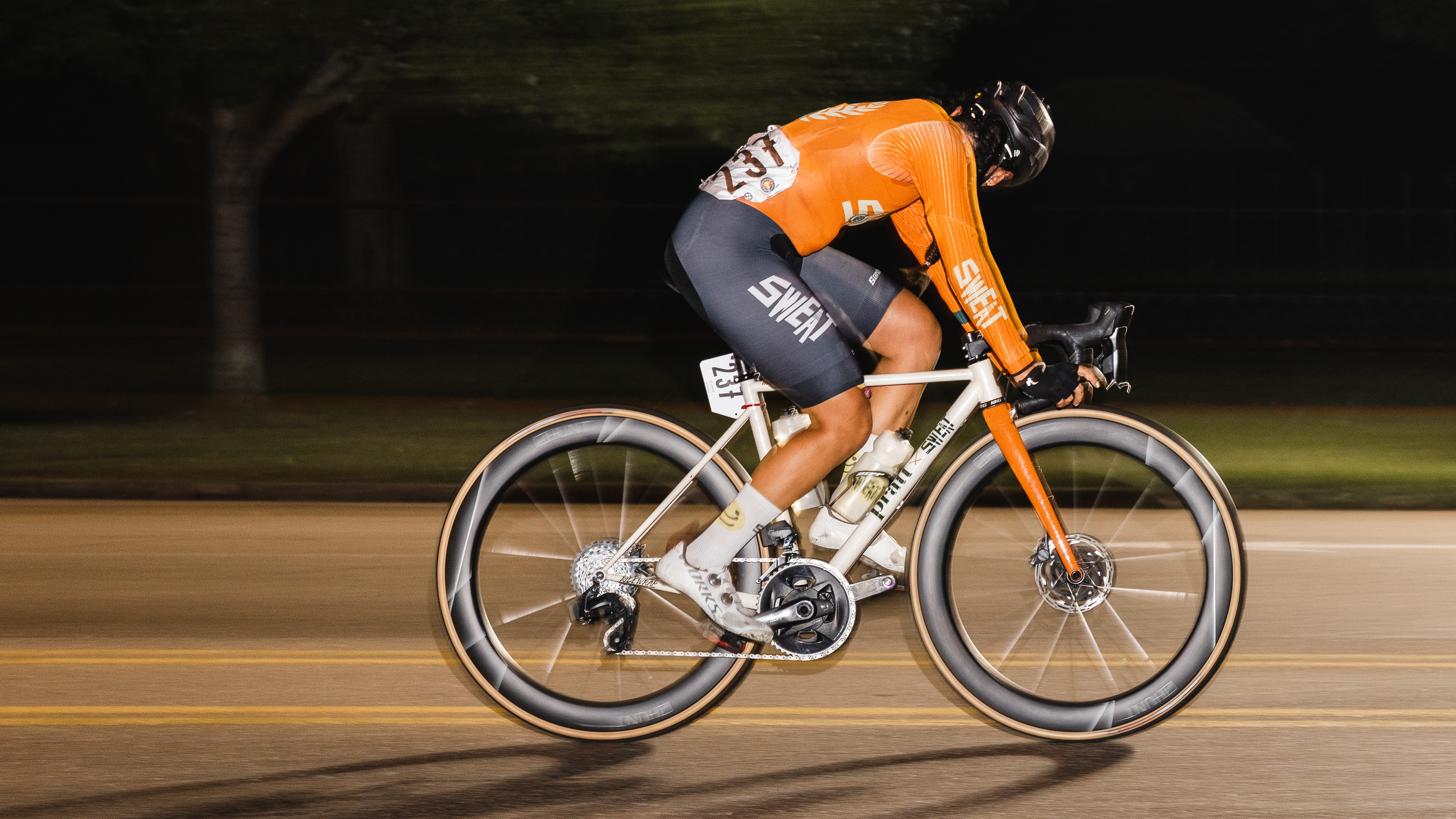
Considering the relative ages of Hunt against some of its competitors in the wheel space it’s made quite an impact in a relatively short space of time. You don’t need to look too hard to find its products at the top end of disciplines as disparate as top end road and crit racing, all the way through to self supported ultra distance races, both on and off road.
At the top of the brand's wheel pyramid for road, cyclo-cross, and all-road is the Limitless, which consists of a pair of wheelsets of 48mm and 60mm depth. The 48mm option is currently listed as “The fastest disc brake wheel up to and including 50mm” and given that the introduction of TaperLock carbon spokes and an updated hub haven’t materially affected the aerodynamics of these new wheelsets it’s safe to assume that the Hunt 48 Limitless UD Carbon Disc will at least share that crown.
As for the 60mm options? Well they sit in our list of the best road bike wheels, and scored 4.5 stars in our testing. We also conducted our own wind tunnel testing on the 60's, along with nine other aero options, which you'd do well to read through too.
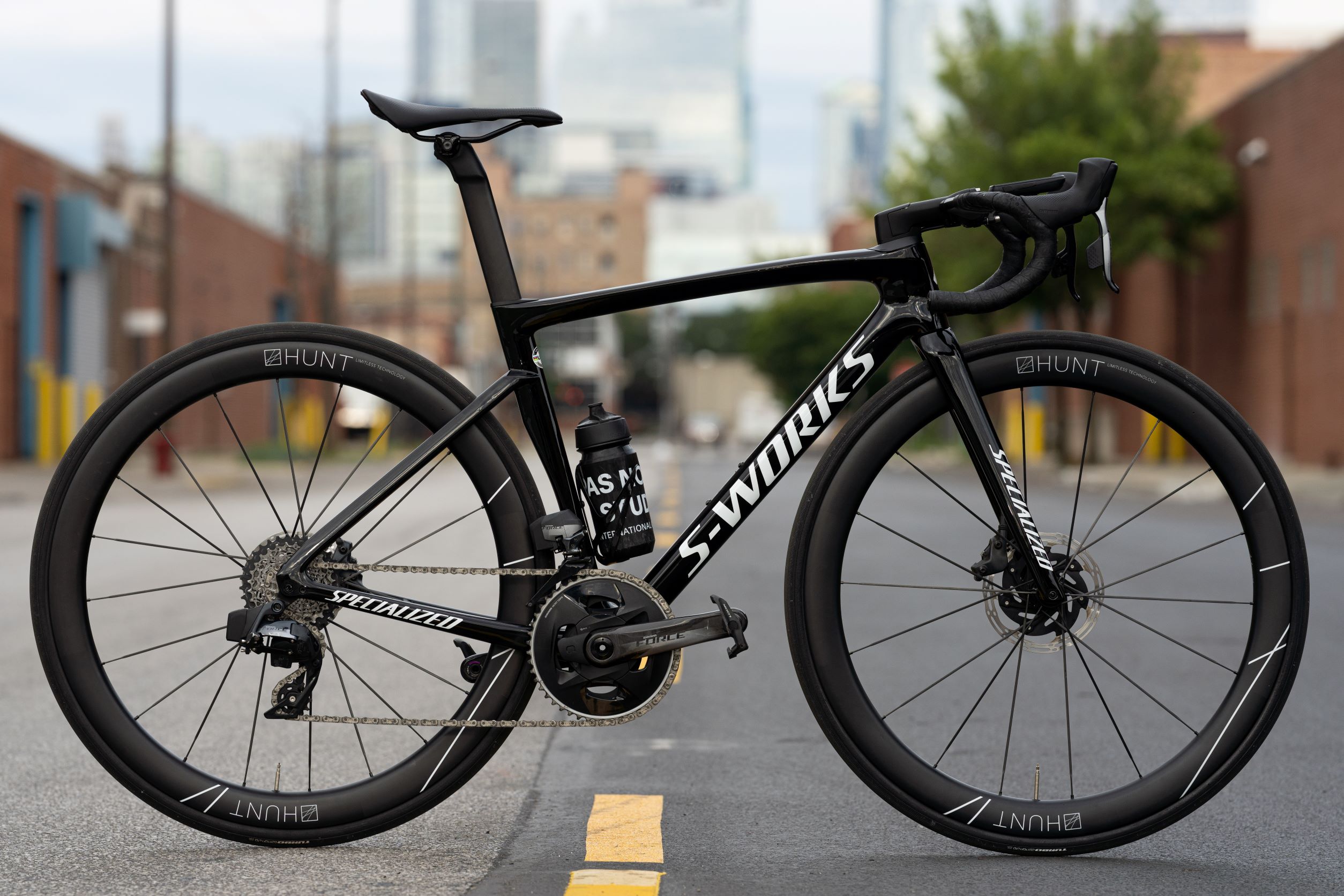
Tried and tested rims
Before we dive into the spokes and hubs it’s worth noting that both the 46mm and the 60mm rims on these new wheelsets are common with the current Limitless 48 and 60. Both options feature wide internals (22.5mm and 21mm respectively), hooked shoulders, and are tubeless ready. They’re optimised aerodynamically for a 28mm tyre, but given the internal width they’re perfectly capable of taking tyres beyond the 30mm mark.
The Limitless moniker denotes the slightly different construction method used in the creation of the rims. While Hunt have produced some alarmingly comprehensive, publicly available white papers on each of its Limitless rim profiles, the short version is that it produces a rim profile in carbon that is strong enough (and ETRTO compliant), and then uses a far lower density polymer to build out the rim shape to the desired aero profile. This results in a saving of around 50g per rim, without any aero penalty.
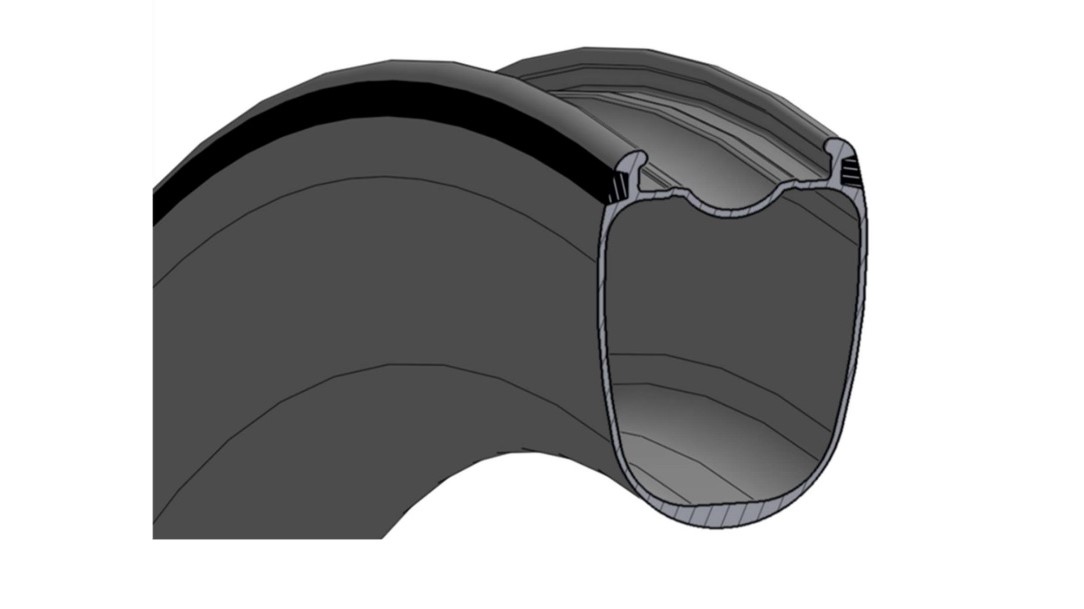
Carbon spokes
Carbon spokes are definitely in the territory of bike bling, but often they have one pretty clear drawback; often they are physically bonded to the rim during the production of the wheel itself, meaning should they go out of true after a hard knock there isn’t a way to get them straight again. Hunt uses what it calls ‘TaperLock’ technology instead which, to cut through the jargon, simply mounts an aluminium mandrel at the hub end of the spoke and a threaded steel one at the rim end during curing. The shaft of the spoke is all unidirectional carbon, but tapered at the ends to keep the metal heads in place and allow the spokes to be used just like any steel spokes would be.
Swapping from steel to carbon, thanks to the improved stiffness to weight ratio, means that the wheels can either be more laterally stiff for a given weight, or lighter. Hunt, it appears, has chosen to opt for a bit of both, with the 48mm wheelset for example being about 100g lighter, but also with a corresponding 6% increase in lateral stiffness (despite using four fewer spokes).
The latest race content, interviews, features, reviews and expert buying guides, direct to your inbox!
We caught up with Hunt at Eurobike this year and had a chat over some strong coffee and had a look at the wheels in person. From what we could gather the weight saving isn’t so much the aim as a difference in ride feel. Using carbon spokes gives a noticeable increase in stiffness, which is particularly of benefit when riding at the absolute limit. To paraphrase somewhat: “For racing, the carbon spokes are the way to go, but for long days or multi-day use you might be better off with steel; same aero benefits, but a little more compliance.”
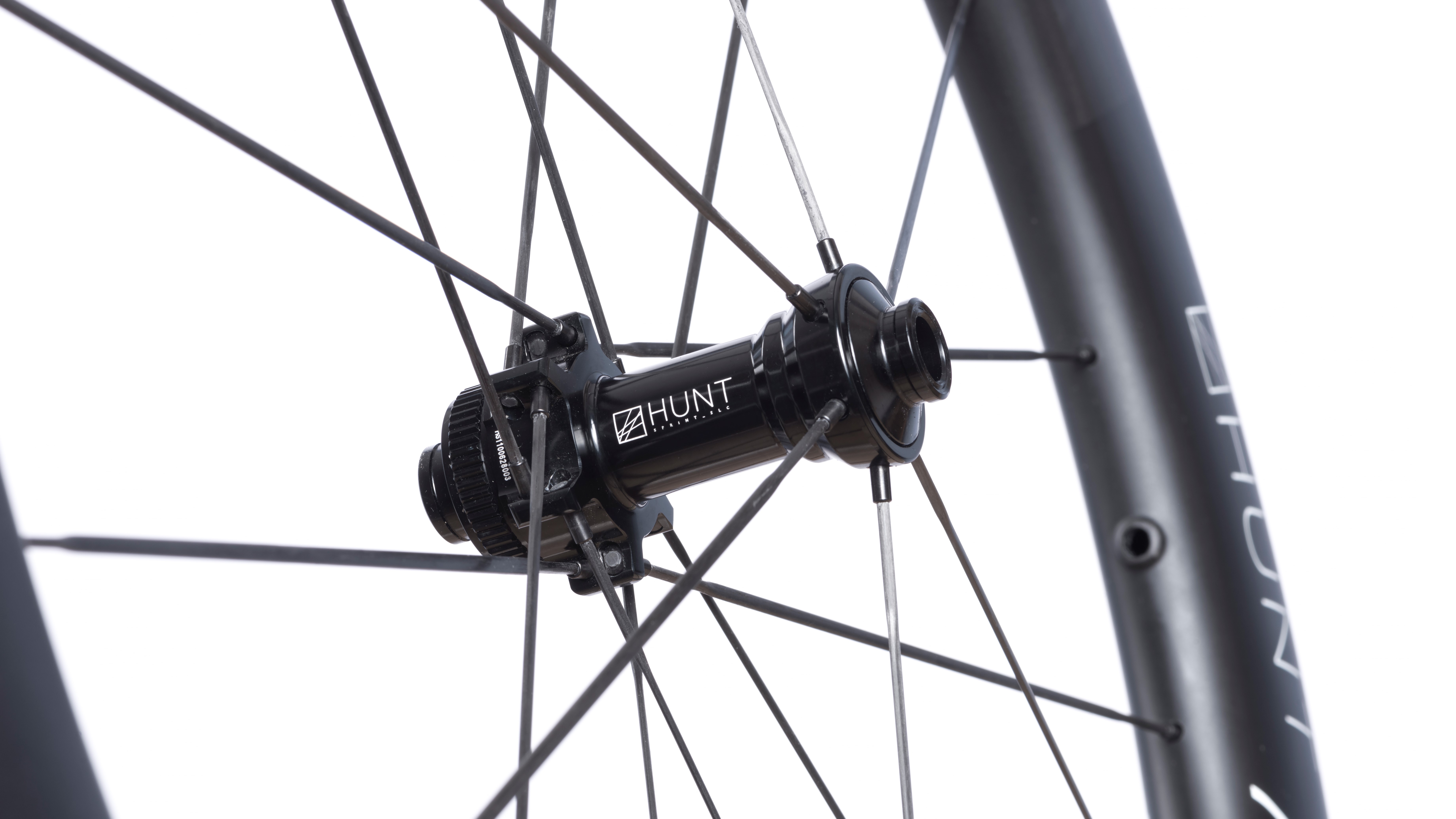
Updated hub shells
The Sprint SLC hubset used in the Limitless UD Carbon Disc wheelsets is very similar to those you’ll find at the centre of their steel spoked siblings. For these new wheelsets however, Hunt has opted to use 7000 series aluminium alloy rather than 7075. This is slightly stronger, and therefore some more material can be machined away without sacrificing strength. The upshot is a front hub that tips the scales at 95g, and a rear at 220g, with the same 7.5 degree engagement and a freehub body reinforced with a stainless plate to resist the cassette gouging that often occurs with age.
Given the top-of-the-tree status of these wheelsets it’s no surprise to see that they are available with CeramicSpeed bearing options, though standard bearings are also available if you’d rather.
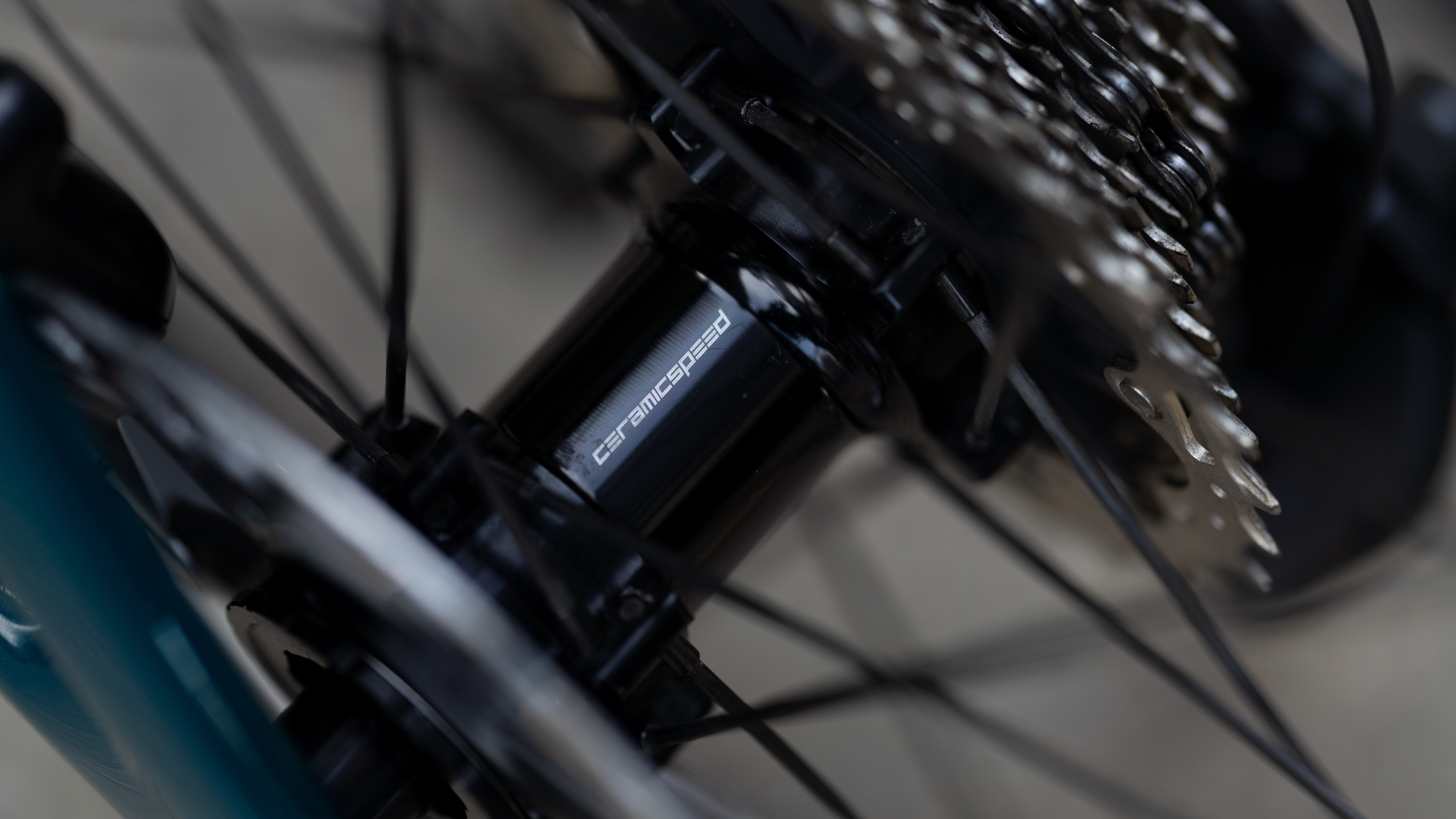
Specs and pricing
MSRP (48 Limitless UD - EZO Bearings): £1449 | $1669 | €1889
MSRP (60 Limitless UD - EZO Bearings): £1499 | $1729 | €1949
MSRP (48 Limitless UD - CeramicSpeed Bearings): £1799 | $2019 | €2339
MSRP (60 Limitless UD - CeramicSpeed Bearings): £1849 | $2069 | €2399
Dimensions(48 Limitless UD): 48mm Deep | 35mm External | 22.5mm Internal
Dimensions (60 Limitless UD): 60mm Deep | 34mm External | 21mm Internal
Weight (48 Limitless UD):1511g
Weight (60 Limitless UD): 1551g
Hubs: Sprint SLC 7.5 Hub, with an engagement rate of 7.5°. Multi-point pawls, with 48 ratchets within the hub shell. Centre-Lock Disc rotor compatible.
Spokes: UD carbon fibre
Bearings: CERAMICSPEED and EZO options
Tyre compatibility: Clincher and Tubeless tyres, optimised for 28mm
Freehub options: Shimano/SRAM 8/9/10/11 speed, SRAM XD/XDR, Campagnolo 8/9/10/11/12 speed

Will joined the Cyclingnews team as a reviews writer in 2022, having previously written for Cyclist, BikeRadar and Advntr. He’s tried his hand at most cycling disciplines, from the standard mix of road, gravel, and mountain bike, to the more unusual like bike polo and tracklocross. He’s made his own bike frames, covered tech news from the biggest races on the planet, and published countless premium galleries thanks to his excellent photographic eye. Also, given he doesn’t ever ride indoors he’s become a real expert on foul-weather riding gear. His collection of bikes is a real smorgasbord, with everything from vintage-style steel tourers through to superlight flat bar hill climb machines.
